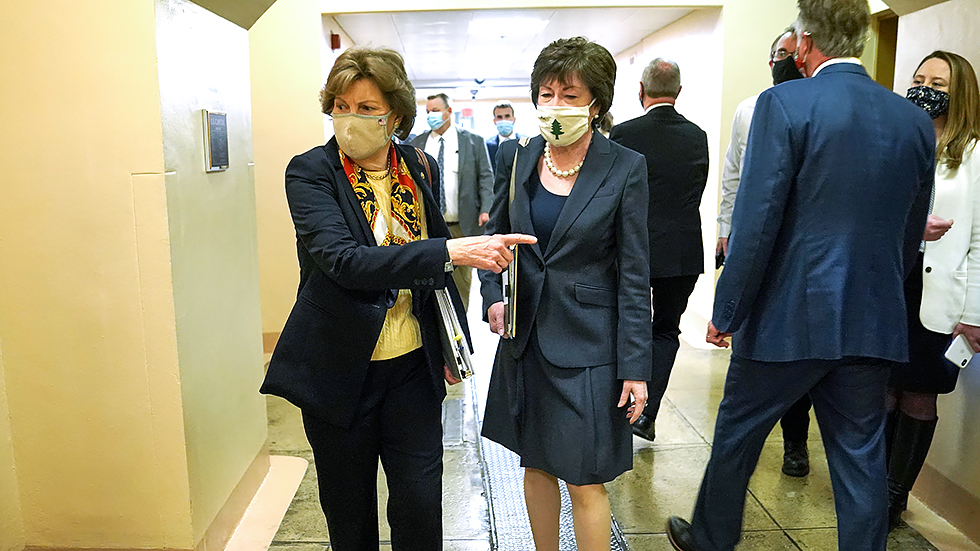
Bipartisan pair of senators unveils bill to lower insulin costs
Sens. Jeanne Shaheen (D-N.H.) and Susan Collins (R-Maine) on Wednesday unveiled legislation aimed at lowering the cost of insulin, seeking a bipartisan breakthrough on one of the highest-profile examples of high drug prices challenging patients.
The legislation would cap patients’ out of pocket costs for insulin at $35 per month, and includes provisions seeking to incentivize drugmakers to lower the overall price of insulin.
“For far too long, patients have stretched their budgets, rationed insulin and made difficult personal decisions to keep this drug within reach for themselves or those they love,” Shaheen and Collins said in a joint statement.
“It is paramount that Congress act swiftly, which is why we are calling on Senate leadership to bring our legislation to the floor as soon as possible,” they added.
The measure faces a tough path to passage in the Senate, though, if it gets a vote. In addition to Collins, nine other Republicans would have to support the bill to clear a 60-vote threshold.
Only 12 House Republicans voted for the House version of insulin legislation in March, with some calling the bill “price controls.”
Shaheen and Collins did try to make their bill broader and more bipartisan than the House legislation by also targeting the overall price of the drug. The measure would eliminate the rebates drug companies pay to negotiators known as pharmacy benefit managers if the drug company kept the overall price of insulin below a certain level.
Adding a political complication, Sen. Raphael Warnock (D-Ga.) is also making a push on his own insulin bill to cap patient costs at $35. The push from Warnock could make some Republican senators hesitant to support insulin legislation, given that Warnock faces a tough reelection race this year. Members of the opposing party are usually reluctant to give wins to lawmakers up for reelection.
Democrats are also in the midst of talks on a party-line package on President Biden’s economic agenda that would likely include reductions in insulin costs as well as broader measures aimed at lowering drug prices, which could complicate any push for a standalone insulin measure.